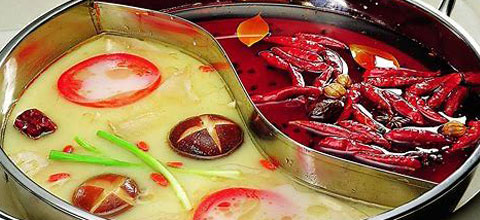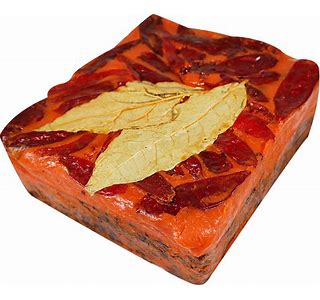Every few months, I get captivated by a dish or an ingredient that becomes somewhat of an obsession. This time around (as there will be more) is Szechuan hot pot. Hot pot, also known as a “fire pot,” is a communal Chinese dish shared by family and friends. This tabletop pot of simmering, heavily spiced, chili laden broth is where diners simmer sliced meats, seafood, meatballs and vegetables to their liking. The “fun” of the dish is the ever-increasing intensity of the broth in conjunction with the length of time that you simmer the ingredients. As the meal progresses, you may have a few diners “tap out.”
There are many reasons why I research a dish. The main reason is to taste and experience for myself. I want to then take that information and interpret the tastes, sounds, aromas, and textures for my friends, my clients and my readers in a format that bridges the gap between “authentic” and approachable.
I have always discussed the concept of a personal GPS when it comes to cooking. The affinity to enjoy specific tastes and the varied levels of intensity is solely dependent on where you are born and is where you begin to develop your palate. Your like or dislike of curry, spicy foods, vegetables or even insects is a learned process developed over time. The tasting of new things is not about liking or disliking. It’s about knowing what something tastes like and how you can use that in developing recipes or growing your understanding of cooking and cuisine.
I generally like spicy foods and am willing to try what is considered the norm where I am dining. Szechuan “hot” in mainland China is completely different than the local Chinese take-out restaurant with the three chilis next to a dish’s name on the menu. So it is about learning and training your palate.
So, what makes hot pot so intriguing to me? Is it the chilis? No, it is the combination of fat and the spice paste that forms the foundation of the broth. You can buy premade packets, put a pot on a stove, add water, add the packet and off you go. I know my thought process and won’t be satisfied with something that’s loaded with MSG, unknown sourced lard and other additives designed for shelf life.

There are many steps in making the base for hot pot seasoning, and it is drawn out. However, there is one ingredient that we are somewhat familiar with, and that is the Szechuan peppercorn. It gets thrown around on menus, used here and there. By the way, there are several ways to spell Sichuan, which is the correct usage as to the new spelling of the Chinese province.
This dry seed husk of the prickly ash shrub (Zanthoxylum) provides the mouth-numbing quality of the dish. It is fragrant, but its main purpose is to help offset the effects of the spiciness of the chili to provide balance. It conveys the fruitiness of the flesh of the chili; yes, chilis have flavor, not just Scoville units. The powdered form is also a main ingredient in Chinese 5 Spice powder. FYI, the molecule hydroxy-alpha-sanshool is the culprit interacting with your nerve receptors in your mouth.
For those of you interested, here is a link to a video clip that shows the process of making the paste on an industrial scale. Otherwise there are some better, somewhat clean label products out there.
So, find a local restaurant and have a go or try it at home. Grabs some friend, some beers or Baijiu (white liquor) and have your own chili numbing throwdown!
Beer
My favorite beer when eating Sichuan food. Try some Lucky Buddha! A straightforward International Lager with some sweetness to help with the spice.

For The Hot Pot
Premium Spicy Hot Pot Soup Base
This is the cleanest label I could find. They call this “slightly spicy,” but you can be the judge of that based on your “GPS.”











